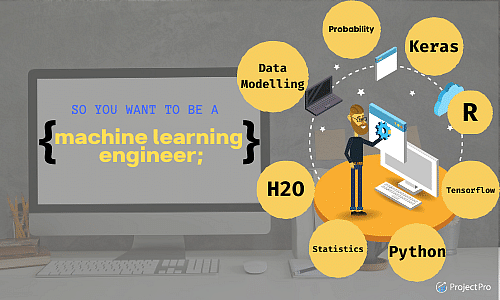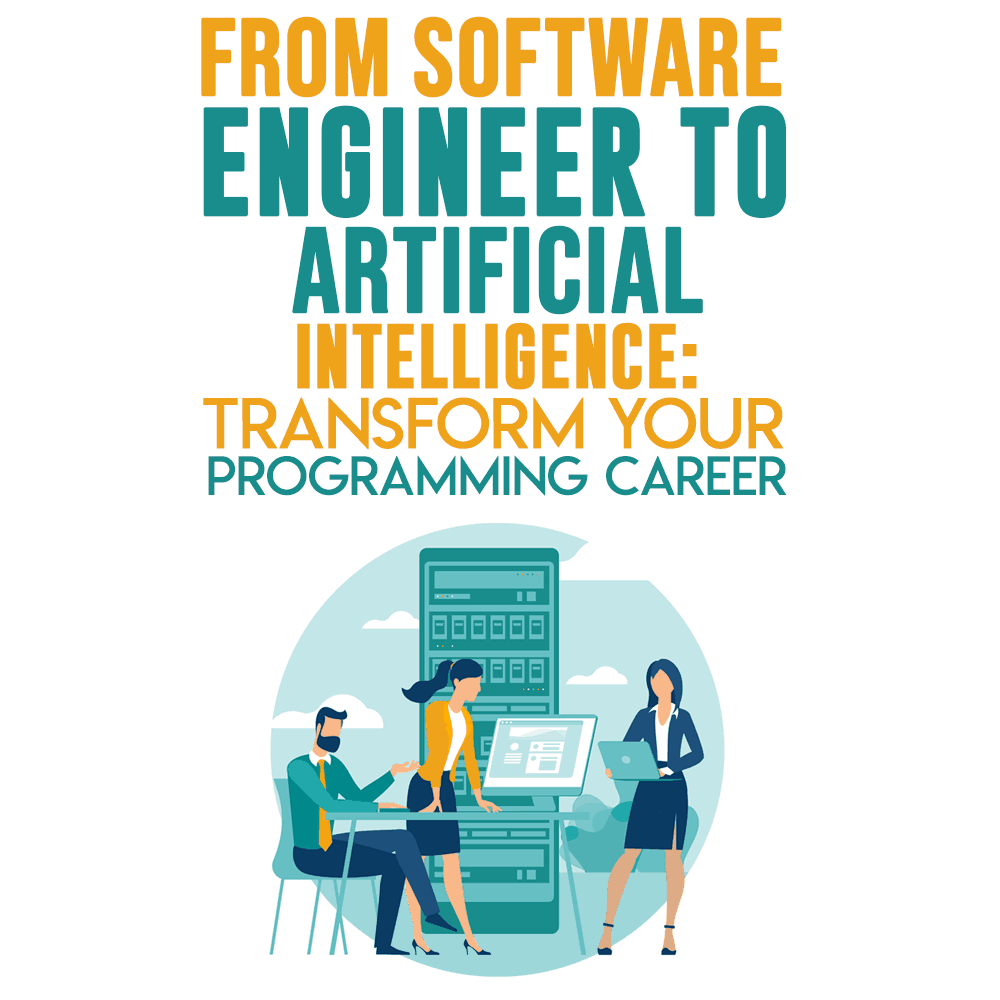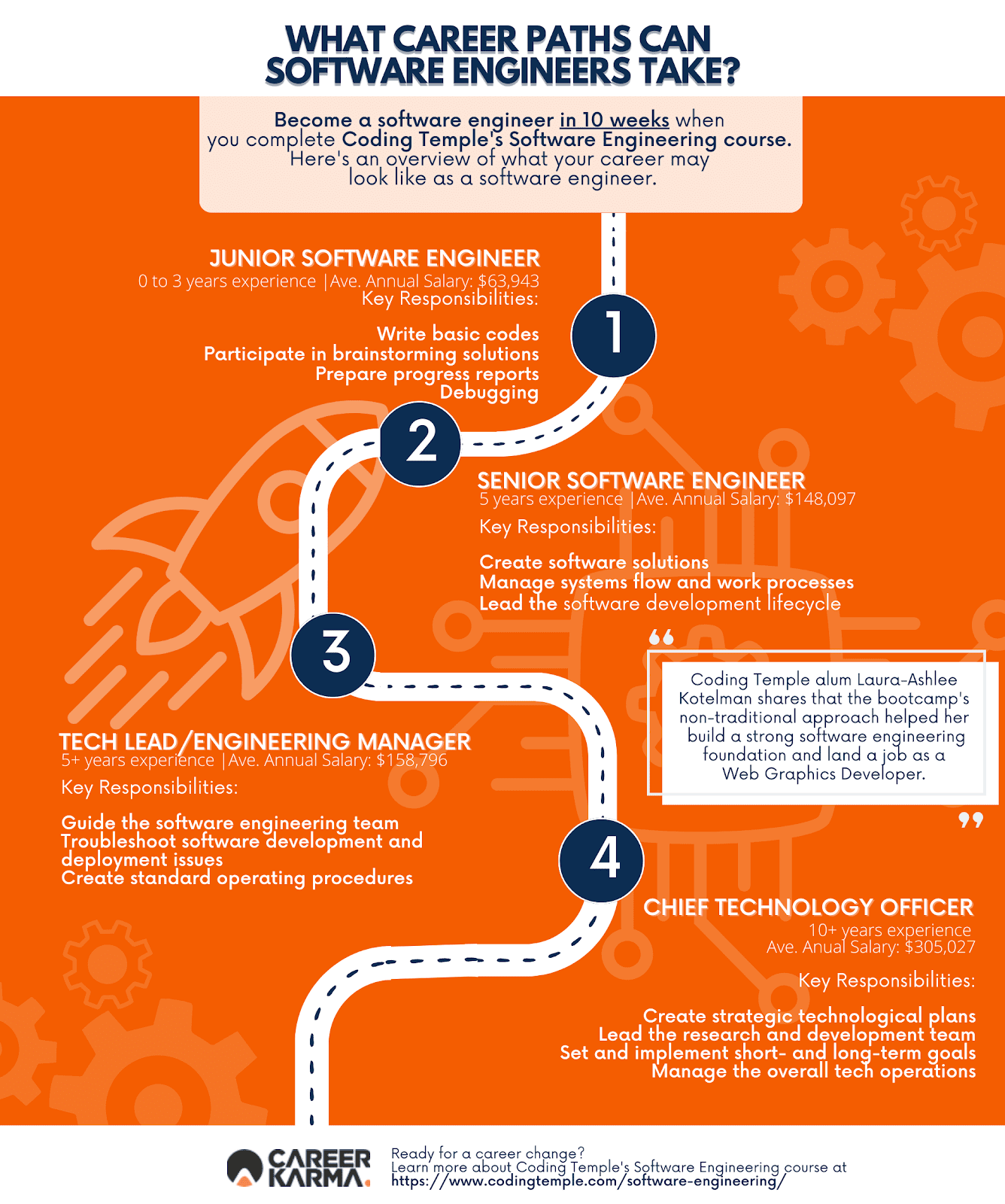All Categories
Featured
Table of Contents
- – Unknown Facts About Machine Learning Engineers...
- – Some Known Details About Machine Learning Is S...
- – Facts About Machine Learning For Developers U...
- – Our Practical Deep Learning For Coders - Fast...
- – A Biased View of Advanced Machine Learning C...
- – The Facts About Machine Learning Developer R...
- – Examine This Report about How Long Does It T...
Some people assume that that's unfaithful. Well, that's my entire occupation. If someone else did it, I'm going to utilize what that person did. The lesson is putting that apart. I'm forcing myself to analyze the possible solutions. It's more about taking in the content and trying to apply those ideas and less concerning discovering a library that does the work or finding someone else that coded it.
Dig a little bit deeper in the mathematics at the beginning, simply so I can develop that structure. Santiago: Finally, lesson number seven. I do not think that you have to comprehend the nuts and screws of every algorithm prior to you use it.
I have actually been using neural networks for the lengthiest time. I do have a feeling of exactly how the slope descent works. I can not clarify it to you right currently. I would need to go and inspect back to in fact obtain a better intuition. That doesn't mean that I can not fix points using neural networks? (29:05) Santiago: Attempting to compel people to assume "Well, you're not mosting likely to achieve success unless you can discuss every information of just how this functions." It returns to our sorting instance I think that's simply bullshit suggestions.
As a designer, I have actually worked with many, many systems and I've used many, many points that I do not understand the nuts and bolts of just how it functions, also though I recognize the impact that they have. That's the final lesson on that string. Alexey: The amusing point is when I assume concerning all these libraries like Scikit-Learn the formulas they utilize inside to carry out, for example, logistic regression or something else, are not the like the algorithms we research in artificial intelligence classes.
Unknown Facts About Machine Learning Engineers:requirements - Vault
Also if we attempted to discover to get all these essentials of equipment knowing, at the end, the algorithms that these collections use are various. ? (30:22) Santiago: Yeah, definitely. I think we need a great deal extra pragmatism in the market. Make a lot even more of an impact. Or concentrating on delivering value and a bit much less of purism.

Incidentally, there are 2 various courses. I typically talk to those that intend to operate in the sector that wish to have their effect there. There is a path for researchers which is entirely various. I do not attempt to discuss that due to the fact that I do not understand.
Right there outside, in the sector, materialism goes a lengthy way for sure. Santiago: There you go, yeah. Alexey: It is a great inspirational speech.
Some Known Details About Machine Learning Is Still Too Hard For Software Engineers
One of the things I wanted to ask you. Initially, let's cover a couple of points. Alexey: Let's start with core devices and frameworks that you require to learn to in fact shift.
I recognize Java. I know just how to utilize Git. Maybe I recognize Docker.
Santiago: Yeah, absolutely. I believe, number one, you ought to start finding out a little bit of Python. Given that you currently know Java, I don't think it's going to be a massive change for you.
Not due to the fact that Python is the exact same as Java, however in a week, you're gon na obtain a great deal of the distinctions there. You're gon na be able to make some progression. That's number one. (33:47) Santiago: Then you obtain certain core tools that are mosting likely to be made use of throughout your whole job.
Facts About Machine Learning For Developers Uncovered
That's a library on Pandas for information adjustment. And Matplotlib and Seaborn and Plotly. Those three, or among those 3, for charting and showing graphics. After that you obtain SciKit Learn for the collection of artificial intelligence formulas. Those are devices that you're mosting likely to need to be making use of. I do not recommend simply going and finding out about them out of the blue.
We can chat concerning particular programs later. Take among those training courses that are mosting likely to begin introducing you to some issues and to some core ideas of artificial intelligence. Santiago: There is a program in Kaggle which is an introduction. I don't keep in mind the name, but if you most likely to Kaggle, they have tutorials there free of cost.
What's great concerning it is that the only demand for you is to know Python. They're mosting likely to offer a trouble and inform you just how to use decision trees to fix that certain issue. I assume that procedure is exceptionally powerful, because you go from no machine discovering history, to recognizing what the issue is and why you can not resolve it with what you know today, which is straight software program design practices.
Our Practical Deep Learning For Coders - Fast.ai Diaries
On the various other hand, ML designers focus on building and deploying equipment discovering designs. They concentrate on training models with data to make forecasts or automate tasks. While there is overlap, AI engineers handle more diverse AI applications, while ML engineers have a narrower concentrate on machine understanding formulas and their practical implementation.

Artificial intelligence designers concentrate on creating and deploying artificial intelligence designs right into manufacturing systems. They service design, ensuring versions are scalable, effective, and incorporated right into applications. On the other hand, data scientists have a broader function that consists of information collection, cleansing, expedition, and structure versions. They are commonly in charge of drawing out insights and making data-driven decisions.
As companies progressively embrace AI and device knowing innovations, the demand for proficient professionals expands. Device learning engineers work on advanced jobs, contribute to development, and have affordable salaries.
ML is fundamentally various from standard software program development as it concentrates on mentor computer systems to learn from information, rather than shows specific rules that are executed systematically. Uncertainty of end results: You are possibly used to creating code with predictable outcomes, whether your feature runs once or a thousand times. In ML, however, the outcomes are much less particular.

Pre-training and fine-tuning: Just how these models are educated on substantial datasets and after that fine-tuned for particular jobs. Applications of LLMs: Such as text generation, belief evaluation and info search and retrieval.
A Biased View of Advanced Machine Learning Course
The capacity to manage codebases, merge modifications, and resolve disputes is equally as important in ML advancement as it remains in conventional software application projects. The skills established in debugging and testing software applications are very transferable. While the context may alter from debugging application reasoning to recognizing issues in data handling or design training the underlying principles of organized investigation, theory testing, and repetitive refinement coincide.
Machine knowing, at its core, is greatly reliant on statistics and possibility theory. These are vital for comprehending how formulas find out from information, make forecasts, and review their efficiency. You need to think about ending up being comfy with concepts like analytical relevance, distributions, theory screening, and Bayesian thinking in order to design and analyze designs successfully.
For those thinking about LLMs, a complete understanding of deep knowing styles is valuable. This consists of not only the mechanics of neural networks but also the architecture of certain designs for various usage situations, like CNNs (Convolutional Neural Networks) for picture processing and RNNs (Persistent Neural Networks) and transformers for consecutive data and natural language handling.
You need to recognize these concerns and find out techniques for recognizing, reducing, and interacting regarding bias in ML designs. This includes the possible effect of automated choices and the moral implications. Lots of versions, particularly LLMs, call for considerable computational resources that are frequently provided by cloud systems like AWS, Google Cloud, and Azure.
Structure these abilities will certainly not only promote a successful shift into ML but additionally ensure that programmers can contribute successfully and properly to the innovation of this vibrant field. Concept is important, however absolutely nothing beats hands-on experience. Start functioning on projects that permit you to apply what you have actually discovered in a functional context.
Join competitions: Sign up with systems like Kaggle to get involved in NLP competitors. Construct your tasks: Beginning with simple applications, such as a chatbot or a text summarization tool, and gradually boost intricacy. The field of ML and LLMs is quickly developing, with brand-new breakthroughs and modern technologies arising consistently. Remaining upgraded with the most up to date research study and trends is vital.
The Facts About Machine Learning Developer Revealed
Contribute to open-source tasks or compose blog site posts regarding your understanding journey and tasks. As you acquire knowledge, start looking for chances to include ML and LLMs into your work, or look for brand-new functions concentrated on these innovations.

Possible use cases in interactive software program, such as referral systems and automated decision-making. Understanding uncertainty, standard analytical steps, and probability distributions. Vectors, matrices, and their function in ML formulas. Error reduction methods and gradient descent explained just. Terms like model, dataset, attributes, labels, training, reasoning, and validation. Information collection, preprocessing techniques, design training, assessment processes, and deployment considerations.
Decision Trees and Random Forests: Intuitive and interpretable designs. Support Vector Machines: Maximum margin classification. Matching problem types with ideal versions. Balancing performance and intricacy. Basic structure of neural networks: nerve cells, layers, activation functions. Split calculation and onward propagation. Feedforward Networks, Convolutional Neural Networks (CNNs), Reoccurring Neural Networks (RNNs). Picture acknowledgment, series forecast, and time-series evaluation.
Constant Integration/Continuous Implementation (CI/CD) for ML operations. Design monitoring, versioning, and performance tracking. Finding and attending to modifications in design performance over time.
Examine This Report about How Long Does It Take To Learn “Machine Learning” From A ...

You'll be presented to three of the most pertinent parts of the AI/ML technique; managed discovering, neural networks, and deep knowing. You'll realize the differences between typical shows and maker knowing by hands-on advancement in monitored learning prior to developing out complex dispersed applications with neural networks.
This course functions as an overview to equipment lear ... Program A lot more.
Table of Contents
- – Unknown Facts About Machine Learning Engineers...
- – Some Known Details About Machine Learning Is S...
- – Facts About Machine Learning For Developers U...
- – Our Practical Deep Learning For Coders - Fast...
- – A Biased View of Advanced Machine Learning C...
- – The Facts About Machine Learning Developer R...
- – Examine This Report about How Long Does It T...
Latest Posts
The Best Websites For Practicing Data Science Interview Questions
29 Common Software Engineer Interview Questions (With Expert Answers)
The Best Mock Interview Platforms For Faang Tech Prep
More
Latest Posts
The Best Websites For Practicing Data Science Interview Questions
29 Common Software Engineer Interview Questions (With Expert Answers)
The Best Mock Interview Platforms For Faang Tech Prep